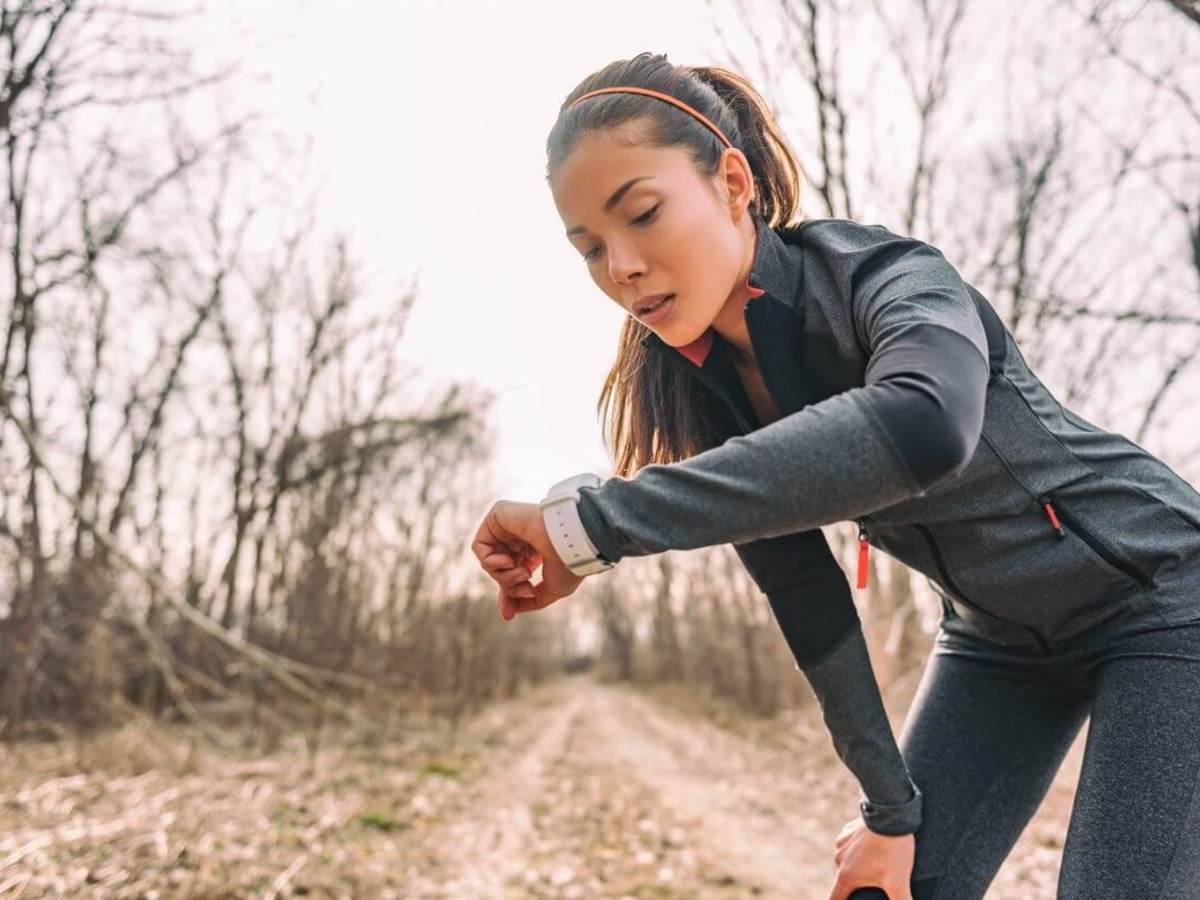October 28, 2019
Today’s innovative performance textiles and fabrics are being used to enhance wearer comfort and safety in a wide range of apparel and footwear products. Comprised of specialized fibers that are used alone or in combination with other natural or synthetic materials during the material production process, performance fabrics can result in clothing that offers significant advantages over those made with conventional materials.
For example, clothing made of “memory” textiles retain their shape regardless of use and are less prone to wrinkling. Performance textiles used in garments intended for outdoor use can provide protection against ultraviolet (UV) light or insects or help protect against other environmental hazards.
Still, other types of performance textiles such as compression fabrics can be found in therapeutic garments and can help to enhance circulation or to maintain suitable body temperatures. Some advanced performance textiles are even being used in occupational safety garments to protect the wearer from falls, abrasions or other potential hazards.
Performance fabrics and materials have even kept pace with the latest technology developments, such as embedding nanoparticles in fabrics during production to increase stain or odor resistance. And so-called smart materials integrate microelectronic systems and communications technologies that can communicate with smartphones and other tracking devices.
Verifying textile performance claims
Just like all textiles and fabrics used in apparel and footwear, performance textiles must demonstrate compliance with regulations and mandatory specifications, including testing for potentially harmful chemicals, flammability and biocompatibility. Additionally, some industry standards provide guidance on certain material characteristics such as colorfastness, moisture management, and dimensional stability.
But there are few standards currently available that can be used to evaluate or verify specific performance attributes of performance textiles and fabrics. This means that retailers and consumers must rely solely on the manufacturer’s claims regarding their performance characteristics. All too frequently, this can result in consumer confusion and disappointment when the product they’re purchasing fails to live up to those claims.
UL’s independent third-party Verification of performance claims can help close this gap.
Based on scientifically sound, repeatable testing and evaluation methodologies, UL’s Verification process is designed to assess the validity of any specific claim in connection with performance textiles and fabrics. Performance textiles that are awarded the UL Verification Mark are also subject to review and retesting at one- or two-year intervals to assess ongoing conformity.
Independently verified performance claims can contribute to increased consumer confidence in associated products and can help to strengthen brand reputation among both consumers and retailers. UL Verification testing of performance claims and the UL Verification Mark offer manufacturers of performance textiles and fabrics these benefits and more.
A case study
Since its founding in the 1960s, outdoor products manufacturer The North Face has been known for producing quality apparel products that routinely exceed the expectations of their customers. But, when preparing to bring its most advanced line of outdoor apparel to market, the company wanted to push the limits of its own rigorous laboratory and field evaluations in assessing the waterproof characteristics of the material.
Working with technical experts in UL’s Softlines’ group, The North Face submitted sample products made with the company’s new FUTURELIGHT™ line of breathable, waterproof material for testing in accordance with more rigorous waterproof testing methods. The testing methods were based on NFPA testing protocols used to assess the waterproof characteristics of garments worn by firefighters and other first responders and were 50% more stringent than the current test methods used in the outdoor industry.
The waterproof testing methods used by UL to verify the waterproof characteristics of the FUTURELIGHT fabric resulted in the first UL Verification Mark for Performance Textiles and Fabrics issued by UL. Further, UL’s testing will serve to support The North Face’s claims regarding the ability of clothing made with the FUTURELIGHT fabric to protect humans against harsh conditions.
You can read UL’s white paper on verifying performance claims of textiles for more information on the topic, or visit the website to learn more about UL Softlines’ available services.
About the author
Seemanta Mitra provides technical leadership as UL’s Softlines subject matter expert and regulatory advisor. With over 20 years of experience in the textiles industry, Mitra drives consistency, integrity and quality in the application of testing, inspection and certification (TIC) requirements for Softlines. He is a senior member of the American Association of Textile Chemists and Colorists (AATCC) and is active in the American Society for Testing and Materials (ATSM), the American Apparel and Footwear Association (AAFA) and the Canadian Apparel Federation (CAF).

